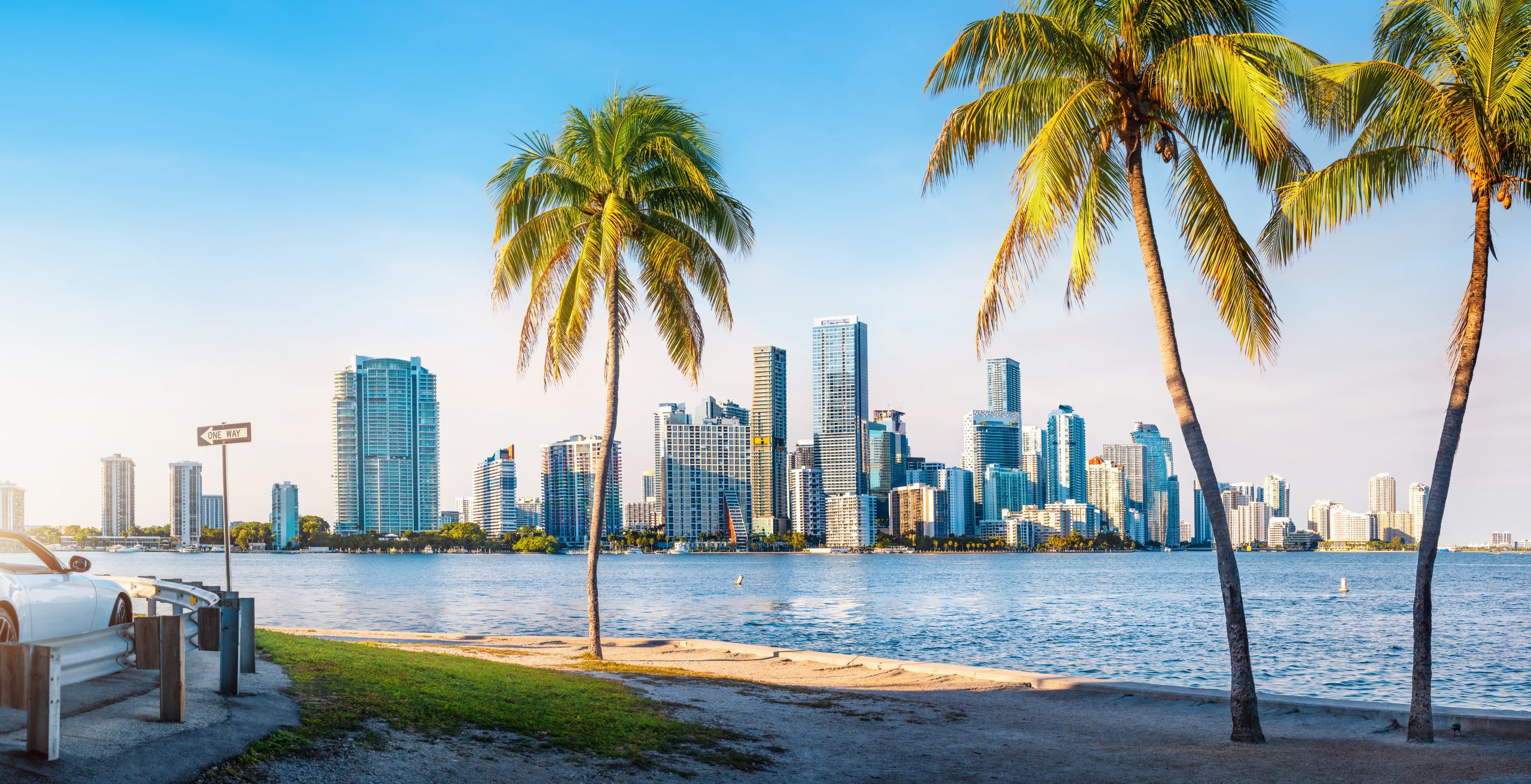Bordeaux grapes in Douro ‘nonsense’
Planting international grapes in the Douro would be ‘pure nonsense’, according to Bordeaux’s Bruno Prats, who described Touriga Nacional and Touriga Franca as the Cabernet and Merlot of the Portuguese region.
Touriga Franca at Quinta de Roriz, one of the vineyards used to grow grapes for Chryseia
Prats, who is a joint venture partner in Douro table wine Chryseia with Symington Family Estates, made the comment to the drinks business during a dinner in London last week, during which he presented a vertical of the wine, which was first launched with the 1999 vintage.
When asked whether he ever considered using Bordeaux grapes in the Douro, Prats, who is a former owner of Château Cos-d’Estournel in Saint-Estèphe, said that such was the suitability of the two Touriga grapes to the Douro’s hot and dry climate, there was no reason to ever consider bringing in international varieties.
“I really believe that Touriga Nacional and Touriga Franca are top class grapes and they are so well adapted to the conditions in the Douro it would be pure nonsense to use Bordeaux grapes,” he stated.
Continuing, jokingly, he added, “On the contrary, if global warming continues, maybe we should take these grapes from the Douro to Bordeaux.”
Depending on vintage conditions, Chryseia is composed of approximately 50:50 Touriga Nacional and Touriga Franca, with the final blend done according to blind tastings.
Prats explained, “There are years when the Nacional is so aromatic and you can also get the structure you need, so you can use a higher percentage, but there are also other years when you need a higher percentage of Franca to bring the backbone to the wine, because the Nacional is a little thin – it’s the same as you have in Bordeaux with Cabernet and Merlot.”
Presently, however, Prats doesn’t believe there is another grape planted in the Douro that’s good enough for Chryseia.
“The reality of the Douro today is that it is mostly Tinta Roriz and Tinta Barocca, there is not very much Nacional or Franca, but neither Roriz or Barocca are good for table wine in my opinion,” he said, acknowledging that these grapes do have an important role in making Port.
Partner Content
Continuing he said that he has also unsuccessfully tried other grapes commonly used in Port production for Chryseia. “We’ve also tried very hard with Tinta Cao, and it’s just never worked, and Tinta Amarela is just not a very good grape.”
Nevertheless, he admitted that he hadn’t ruled out using another grape in this top wine from the Douro.
“If we find another grape, then yes it could bring complexity to the wine: we have a Cabernet and a Merlot, but we may need a Petit Verdot,” he said, drawing a parallel with the classic blend in left bank Bordeaux.
Noting that one of the source vineyards for the Chryseia table wine was Quinta da Roriz, which still makes Port in declared vintages, he stated his strong belief that the region should continue to focus on both fortified and table wine.
“I’m convinced that the future of the Douro is to walk on two legs,” he said.
And, as previously reported by db, he said that the ideal conditions for Port were also the best harvests for table wine from the Douro.




